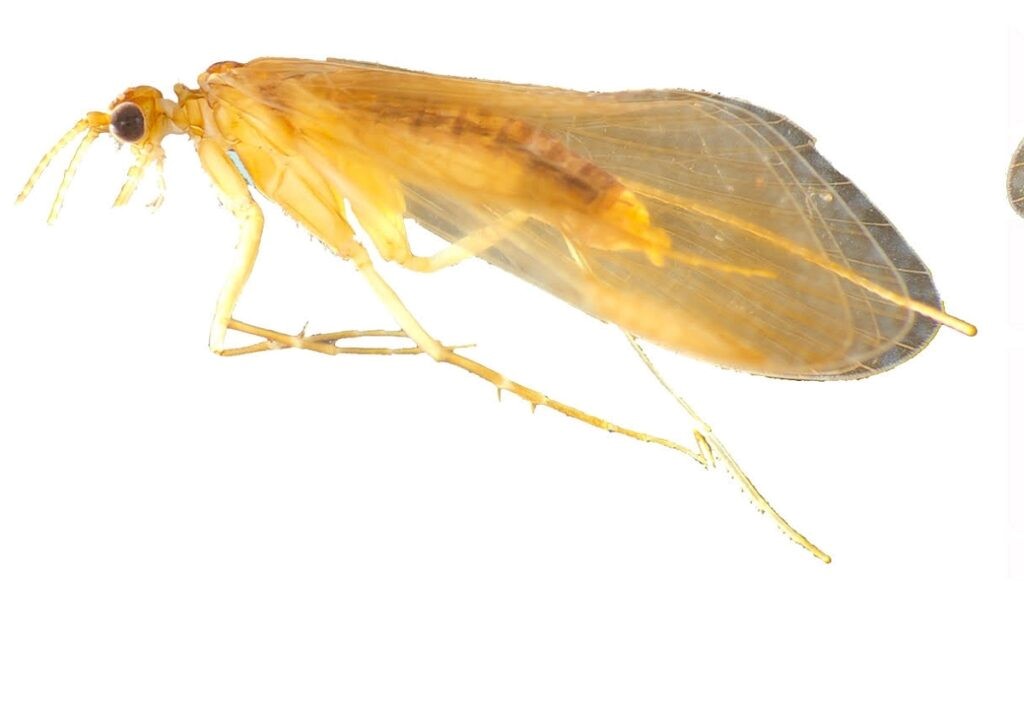





Disclaimer: Copyright infringement not intended.
Context
|
CADDISFLIES Caddisflies are insects belonging to the order Trichoptera, found in aquatic environments worldwide. The order includes more than 14,500 species, making it one of the most diverse groups of insects. Life Cycle: Caddisflies undergo complete metamorphosis, consisting of egg, larval, pupal, and adult stages. Larvae are the aquatic stage, while adults are terrestrial. Ecological Role: Vital Components: Caddisflies play a crucial role in aquatic ecosystems. Food Source: They serve as a primary food source for various aquatic species, contributing to the ecological balance. Habitat and Distribution: Diverse Environments: Caddisflies inhabit a wide range of environments, including freshwater streams, rivers, ponds, and lakes. Global Distribution: They are found on every continent except Antarctica. Physical Characteristics: Larvae: Aquatic larvae exhibit adaptations for life underwater, often constructing protective cases using silk and available materials. Adults: Adult caddisflies have long antennae, two pairs of hairy wings, and chewing mouthparts. Feeding Habits: Larvae: Most caddisfly larvae are herbivores, feeding on algae and detritus. Adults: Adult caddisflies may not feed or have reduced mouthparts, with their primary focus on reproduction. Role in Water Purification: Filter Feeders: Caddisfly larvae contribute to water purification by filtering out organic matter, algae, and other particles. Bioindicators: The presence and abundance of caddisflies in water bodies serve as indicators of water quality. Threats and Conservation: Habitat Destruction: Caddisflies, like many aquatic insects, face threats from habitat destruction and pollution. Conservation Importance: Protecting their habitats is crucial for maintaining healthy aquatic ecosystems. |
Ecological Importance of Caddisflies:
Species Designation:
Conclusion:
|
PRACTICE QUESTION Q. Consider the following statements. 1.Caddisflies belong to the order Lepidoptera and are found in terrestrial habitats worldwide. 2.The life cycle of caddisflies includes three stages: egg, larval, and adult, with larvae being terrestrial. 3.Caddisflies serve as bioindicators, with their presence in water bodies indicating poor water quality. How many of the above statements are incorrect? a) Only 1 b) Only 2 c) Only 3 d) All Answer b) Only 2 Explanation: 1.Incorrect. Caddisflies belong to the order Trichoptera, not Lepidoptera, and are found in aquatic environments. 2.Incorrect. The life cycle of caddisflies includes four stages: egg, larval, pupal, and adult, with larvae being aquatic. 3.Correct. Caddisflies indeed serve as bioindicators, and their presence indicates good water quality. |







© 2025 iasgyan. All right reserved